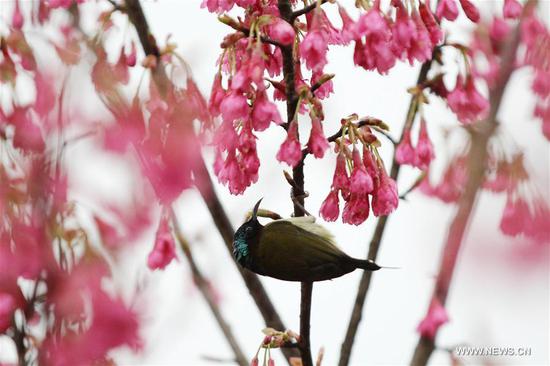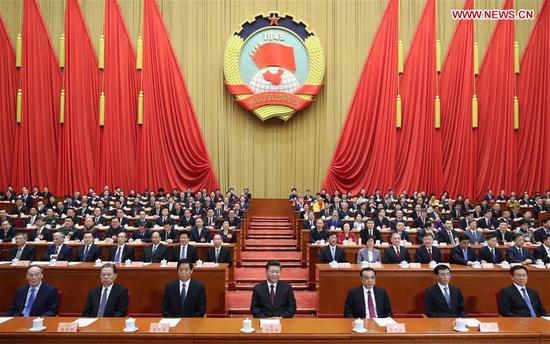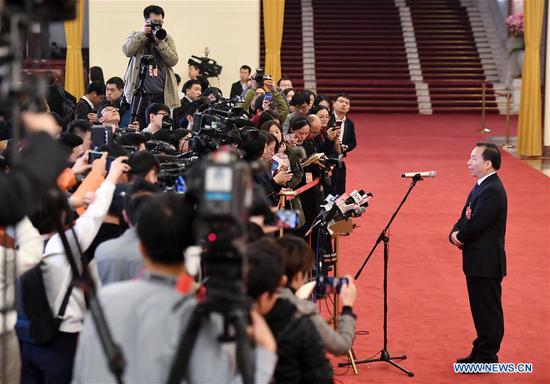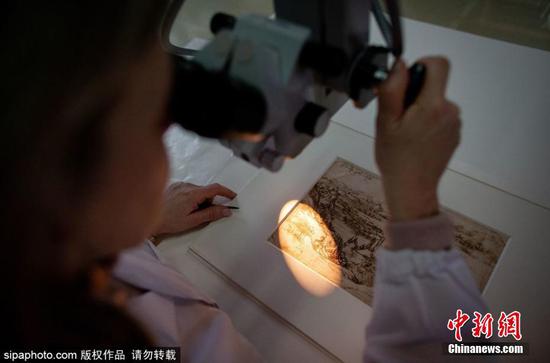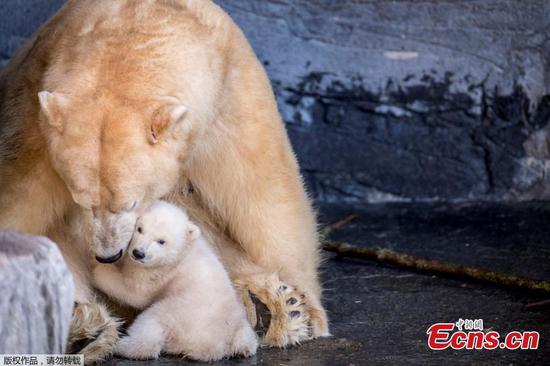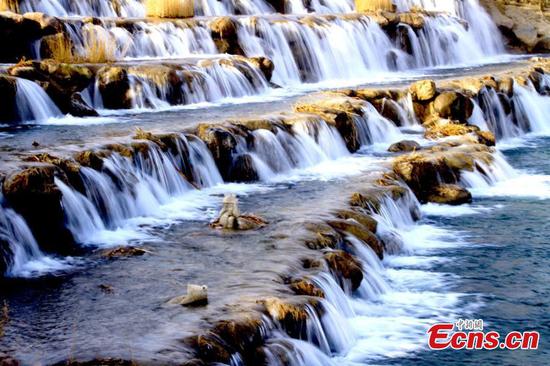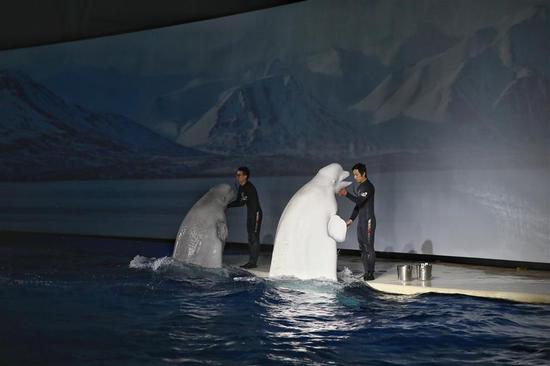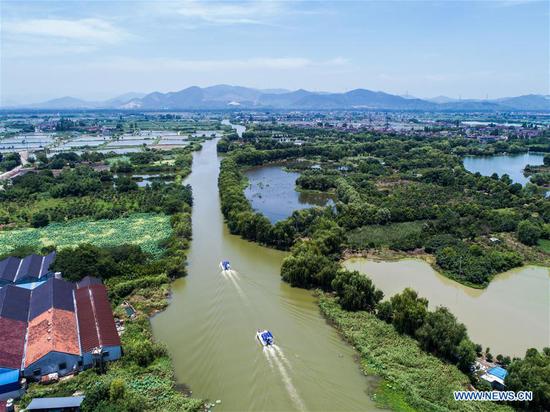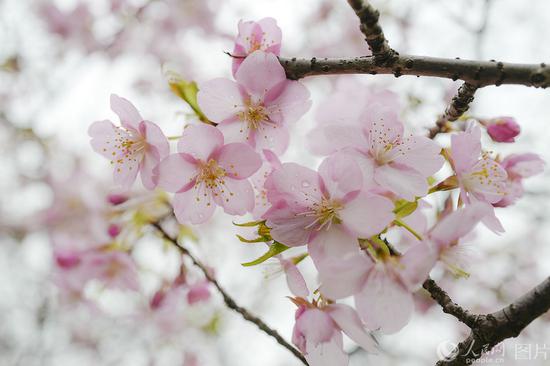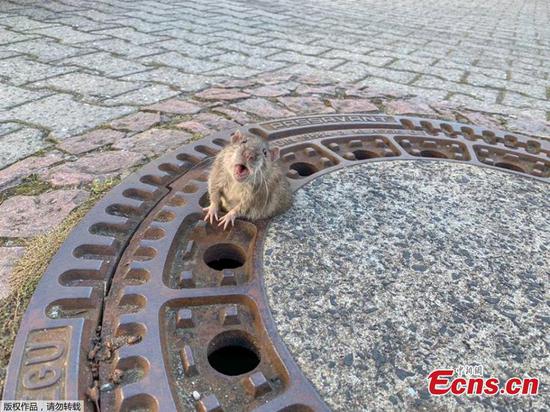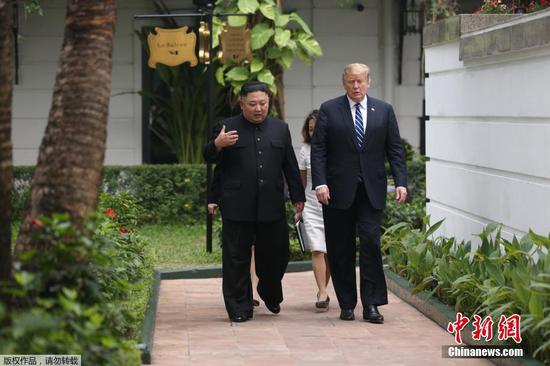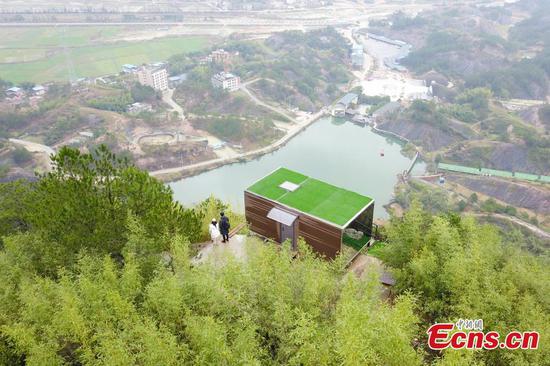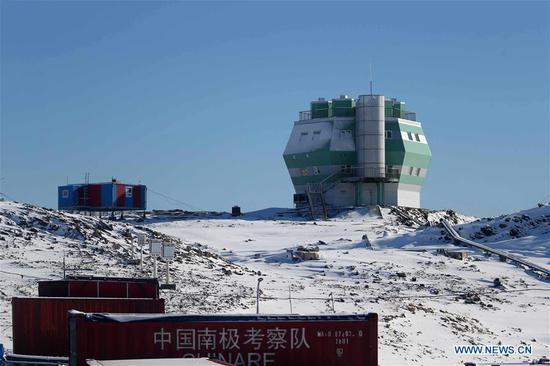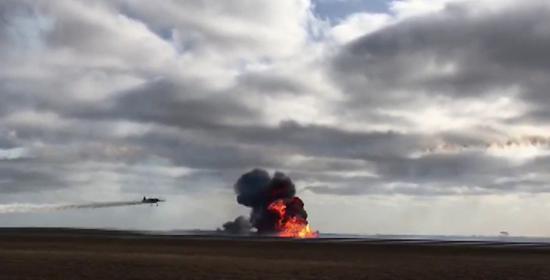Stretching more than 6,000 kilometers, the Yangtze feeds millions of people as it flows through 11 provinces and municipalities. Hailed as a major economic engine, the Yangtze River Economic Belt accounts for over 40 percent of the national population and GDP, according to the National Bureau of Statistics.
The river is essential for the people and the country, but excessive exploitation and pollution have depleted the river's aquatic resources and damaged the aquatic environment.
In recent years, the river's annual fish yield has been less than 100,000 metric tons, just 0.15 percent of the country's total, according to the Ministry of Agriculture and Rural Affairs, triggering a vicious cycle where fishermen use larger, denser nets but catch fewer, smaller fish.
The Yangtze River has been "seriously ill", said President Xi Jinping, when he addressed a symposium last year in Wuhan, Hubei province, through which the river's middle reaches flow.
Xi said that environmental protection and restoration will become a dominant focus, and authorities should "work together for major protection, instead of carrying out major development" along the river.
The 10-year fishing ban is a response to a guideline on the protection of the Yangtze's aquatic life that was issued by the State Council, China's Cabinet, in October.
When she learned about the ban, Cheng Lin, a senior program officer with the World Wildlife Fund, was in Los Angeles attending a conference on the conservation of biodiversity.
She was so excited that she shared the news with foreign experts at the conference. "I told them that today's China not only cares about economic growth, but also about the ecosystem and the environment," she said.









